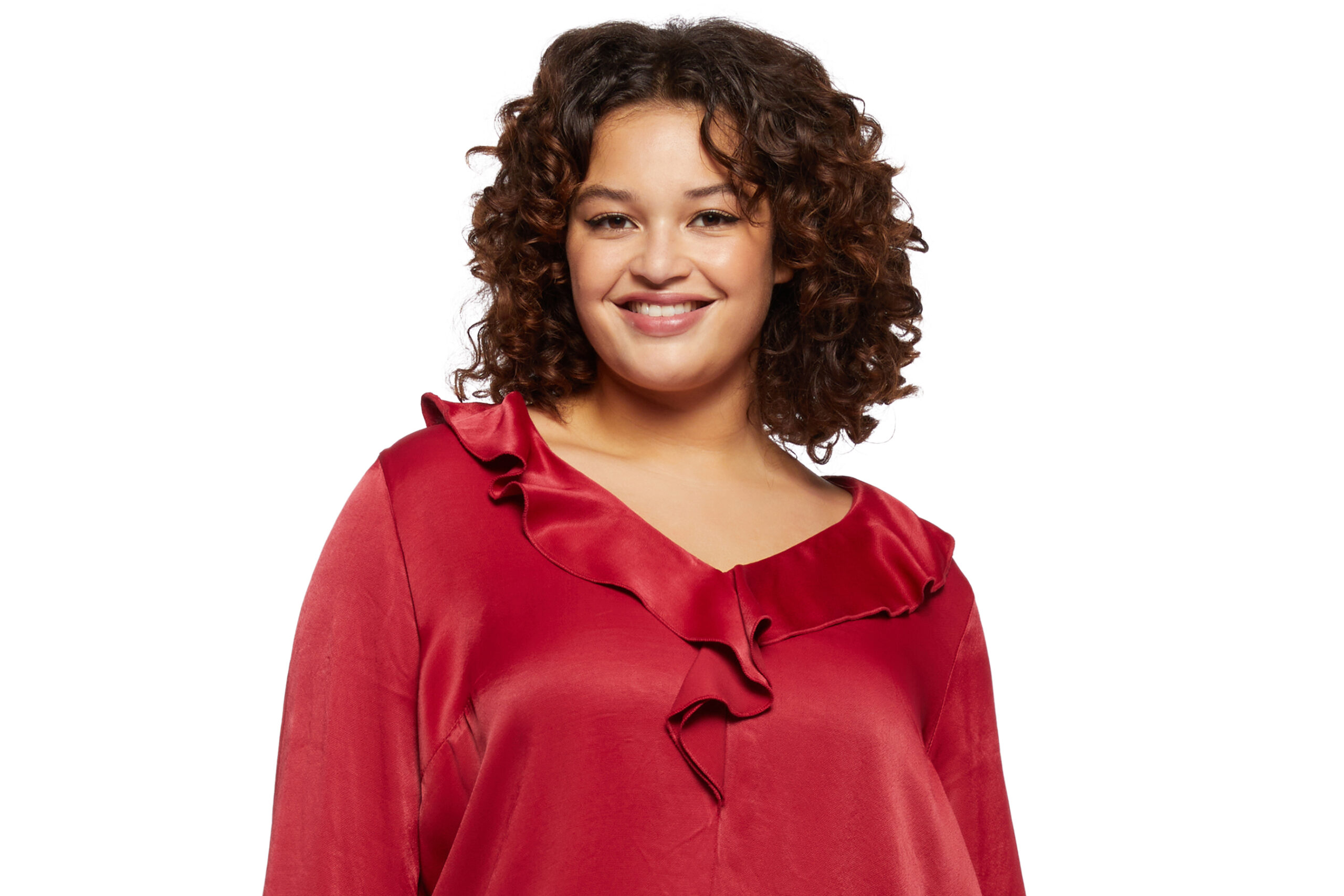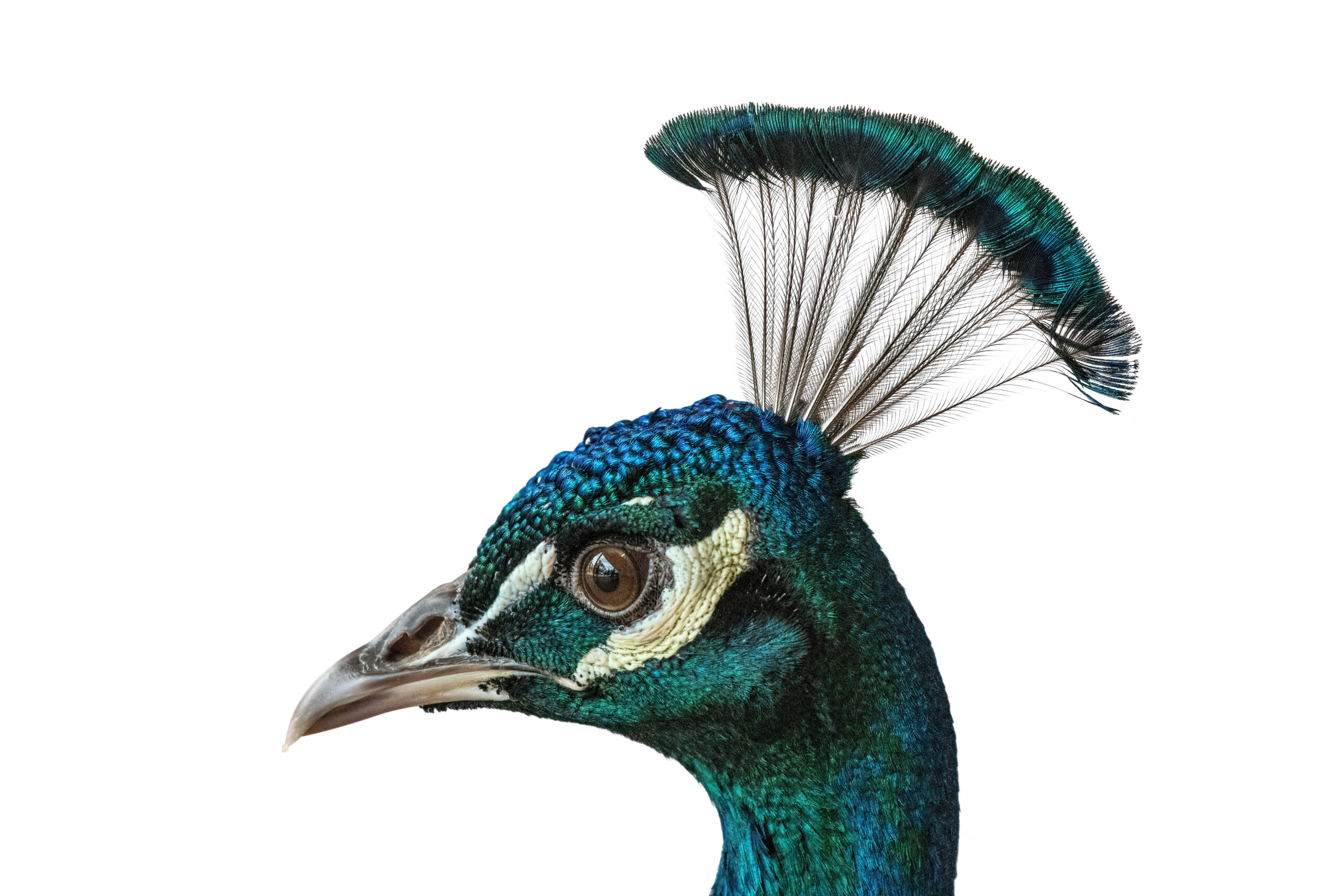



When dealing with objects featuring transparent or see-through materials, solely selecting edges isn’t sufficient due to the inner transparent areas. In such cases, experts opt for the image masking service, commonly known as a clipping mask. This technique differs from the clipping path as it allows for precise removal of backgrounds from images. Clients seeking background removal services often utilize this method to ensure accurate cutouts, especially when dealing with objects featuring transparent elements.
Our Unique Features That Matters
We do value your time. We can provide our quality services in the fastest turnaround time.
We provide quality design and manipulation. We have a zero-tolerance policy regarding quality.
You can save money by outsourcing your image editing and graphics design jobs to GBL.

Avoid false promises. Test our quality and pricing by allowing us to edit up to 3 images for free. Experience the excellence firsthand.
Explore a world of visual finesse with our image masking service. Our experts skillfully carve out intricate details, ensuring a seamless blend of precision and creativity.
Layer masking in Photoshop is a versatile tool that empowers professionals to edit images with multiple objects efficiently. It allows users to work on each object separately by creating dedicated layers. When changes are needed for specific objects, professionals can selectively target those layers for independent editing, maintaining precision and flexibility. Beyond individual object editing, layer masking is instrumental in creating image composites. It enables seamless cutouts, making it possible to blend elements from one image into another or use cutouts in different documents. Overall, layer masking is a non-destructive and essential feature for achieving intricate and polished results in photo editing and design workflows.


The clipping path technique is widely used for background removal, especially for objects with well-defined and simple edges. However, when it comes to intricate details like hair or furry skin on pets, the clipping path may struggle to provide a precise selection. In such cases, the technique of hair masking, also known as fur masking, becomes crucial.
When separating objects from the background in Adobe Photoshop, saving the file as an alpha channel proves beneficial. This channel stores transparency information, allowing experts to precisely select images based on colors. This method facilitates later adjustments in brightness, contrast, exposure, etc. Alpha channel masks can store up to 8-bit grayscale images, providing detailed transparency data for the selected areas. This efficient workflow enhances post-processing capabilities, especially in tasks demanding precision, such as isolating intricate details or objects with complex edges.


Transparent and translucent objects pose challenges for background removal due to their see-through nature, as with glass, bottles, water, and spectacles. These materials don’t have distinct edges for easy selection. To address this, our experts employ image masking techniques. Instead of relying on edges, image masking is utilized to preserve the intricate details of these objects, ensuring a seamless and realistic removal of the background.
Explore Our Image Masking Mastery: Witness Excellence in Every Detail.





